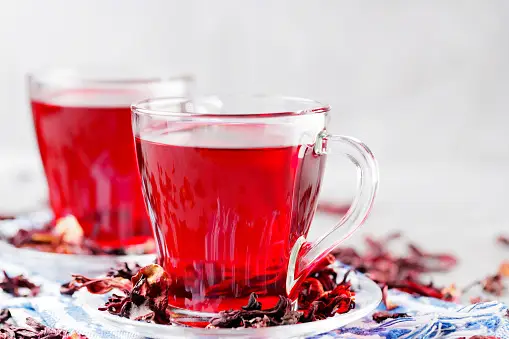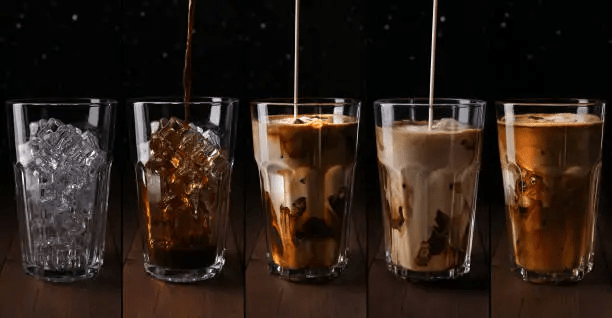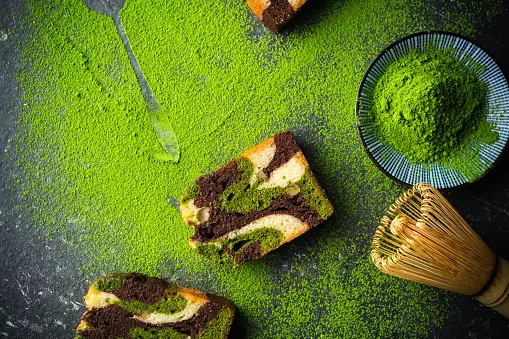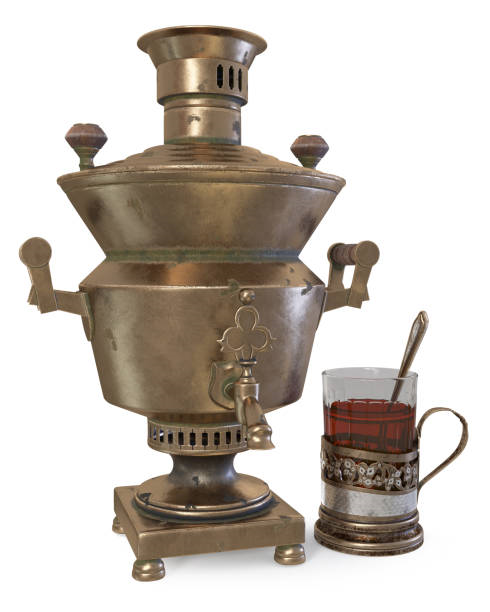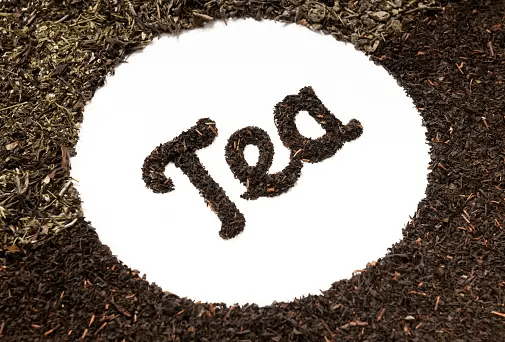
Tea, one of the world’s oldest and most beloved beverages, has a rich history that spans continents and centuries. While it has always played a significant role in the cultures of Asia, the Middle East, and Europe, tea has found a unique place in American society. The United States, with its diverse cultural landscape, has embraced tea in various forms, blending traditional practices with modern innovations. From hot tea to iced tea, from comforting home remedies to luxurious culinary ingredients, tea in the USA is as varied as the country itself. This article explores the best uses of tea in the United States, highlighting its cultural significance, health benefits, and versatility in both traditional and contemporary contexts.
A Brief History of Tea in America
Tea was introduced to America by early European settlers, particularly the British, who had a strong tradition of tea drinking. In the 18th century, tea became a popular drink among American colonists, but it also became a symbol of political resistance. The Boston Tea Party of 1773, a protest against British taxation, marked a turning point in American history and led to a temporary decline in tea consumption as a patriotic act against British goods. However, tea’s appeal was too strong to stay away for long, and it gradually regained its place in American culture.
In the 19th and early 20th centuries, tea became more accessible to the general population with the rise of mass importation and production. The invention of the tea bag in the early 1900s by Thomas Sullivan, an American tea merchant, revolutionized tea consumption in the United States by making it convenient and easy to prepare. This innovation helped tea maintain its popularity, particularly as a quick, no-fuss beverage. Over time, the USA developed its unique styles and preferences, with iced tea becoming a signature drink, especially in the South.
The Rise of Iced Tea: A Quintessential American Beverage
One of the most iconic uses of tea in the USA is iced tea. Iced tea’s origins date back to the early 19th century, but it gained widespread popularity at the 1904 World’s Fair in St. Louis, Missouri. On a hot summer day, Richard Blechynden, a tea merchant, decided to serve his hot tea over ice, creating a refreshing new beverage that quickly caught on. Today, iced tea is a staple in American households and restaurants, particularly in the Southern states, where “sweet tea” is a regional specialty.
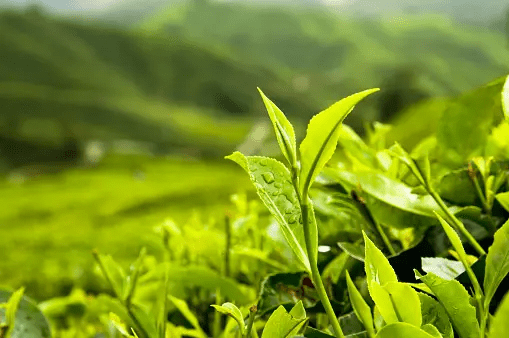
Sweet tea is typically brewed with black tea and sweetened with sugar while still hot, allowing the sugar to dissolve fully before the tea is cooled and served over ice. It’s often flavored with lemon and sometimes with mint, offering a refreshing and sweet taste perfect for hot climates. Unsweetened iced tea is also popular, often served with a slice of lemon for a light, invigorating drink. Iced tea is a versatile beverage that can be customized with various flavors, from fruit infusions like peach and raspberry to herbal varieties such as hibiscus or mint.
Hot Tea: A Comforting Tradition
While iced tea dominates in popularity, hot tea remains a beloved beverage in many American households, particularly during the colder months. Hot tea serves as a comforting ritual, offering warmth and relaxation. Many Americans start their day with a cup of hot tea, opting for varieties such as English Breakfast, Earl Grey, or green tea, which provide a gentle caffeine boost and a moment of calm before the day begins.
In addition to its role as a morning beverage, hot tea is often used as a remedy for colds and flu. Herbal teas, such as chamomile, peppermint, and ginger, are popular choices for their soothing properties and potential health benefits. Chamomile tea, for example, is known for its calming effects and is often consumed before bedtime to promote relaxation and better sleep. Ginger tea, with its spicy, warming flavor, is commonly used to alleviate digestive issues and sore throats.
Tea as a Culinary Ingredient
Tea has also found its way into American kitchens as a versatile culinary ingredient. Chefs and home cooks alike use tea to add depth and complexity to both sweet and savory dishes. One of the most popular uses of tea in cooking is as a poaching liquid or marinade. For instance, Earl Grey tea, with its distinctive bergamot flavor, can be used to poach pears or peaches, imparting a subtle, floral aroma that enhances the fruit’s natural sweetness.
In savory cooking, tea can be used to add a smoky, earthy flavor to dishes. Lapsang Souchong, a Chinese black tea known for its intense smoky taste, is often used as a rub or marinade for meats like chicken or pork. The tea’s robust flavor mimics the effect of slow-smoking, making it a popular choice for adding depth to grilled or roasted dishes. Tea can also be ground into a powder and used as a spice rub for meats or fish, providing a unique twist to traditional recipes.
Tea in Desserts and Baking
Tea’s versatility extends to desserts and baking, where it can be used to create unique flavors and textures. Matcha, a powdered green tea from Japan, has become particularly popular in American desserts. Its vibrant green color and distinct, slightly bitter flavor make it an excellent addition to cookies, cakes, and ice creams. Matcha’s antioxidant properties also add a healthful element to these indulgent treats, making it a favorite among health-conscious bakers.
Chai, a spiced tea blend originating from India, has also gained popularity in American baking. The warm, aromatic spices in chai—such as cinnamon, cardamom, ginger, and cloves—lend themselves well to baked goods like muffins, bread, and cakes. Chai-spiced desserts have become a trendy choice in cafes and bakeries, offering a comforting and exotic twist to traditional American sweets.
Tea in Cocktails and Beverages
Tea has also made a significant impact in the world of cocktails and mixed beverages. Tea-based cocktails have become a popular choice in bars and restaurants, offering a refreshing alternative to traditional spirits. Earl Grey-infused gin or vodka, for instance, can add a unique twist to classic cocktails like the martini or gin and tonic. Green tea, with its light and grassy notes, pairs well with vodka or rum, creating light and refreshing cocktails that are perfect for summer.
In addition to alcoholic beverages, tea has become a popular ingredient in non-alcoholic drinks such as kombucha, a fermented tea beverage that has gained a significant following in the United States for its probiotic benefits and tangy flavor. Kombucha can be made with a variety of teas, including black, green, and herbal teas, each offering a different flavor profile and health benefits. The popularity of kombucha reflects a broader trend toward health-conscious and functional beverages, with tea at the forefront of this movement.
Health Benefits of Tea
One of the reasons for tea’s enduring popularity in the United States is its association with health and wellness. Tea is rich in antioxidants, which can help combat oxidative stress and reduce the risk of chronic diseases such as heart disease and cancer. Green tea, in particular, is known for its high concentration of catechins, a type of antioxidant that has been linked to a variety of health benefits, including improved metabolism and reduced inflammation.
Herbal teas, such as chamomile, peppermint, and ginger, are often consumed for their medicinal properties. Chamomile tea is commonly used to promote relaxation and improve sleep, while peppermint tea is known for its digestive benefits. Ginger tea, with its anti-inflammatory and antioxidant properties, is often used to alleviate nausea and digestive discomfort. These health benefits have made tea a popular choice among those looking to improve their overall wellness through natural remedies.
The Role of Tea in Social and Cultural Settings
Tea also plays an important role in social and cultural settings in the United States. Tea parties, a tradition borrowed from British culture, remain a popular social event, particularly among women. Modern American tea parties often incorporate a blend of traditional and contemporary elements, with a variety of teas and an assortment of finger foods such as sandwiches, scones, and pastries. These gatherings provide an opportunity for socializing and relaxation, often centered around the shared experience of enjoying tea.
In recent years, the rise of tea bars and specialty tea shops has created new spaces for social interaction and cultural exchange. These establishments often offer a wide range of teas from around the world, allowing customers to explore different flavors and brewing methods. Tea bars have become popular spots for people to meet, work, or relax, providing a quieter alternative to the traditional coffee shop environment.
Conclusion
Tea has become an integral part of American culture, finding its place in daily routines, culinary practices, social gatherings, and wellness rituals. From the comforting warmth of a hot cup of tea to the refreshing coolness of iced tea, from its role as a healthful remedy to its use as a versatile culinary ingredient, tea continues to be cherished by Americans in countless ways. As the demand for diverse and sustainable food and beverage options grows, tea’s popularity is likely to continue expanding, offering new opportunities for innovation and enjoyment in the years to come. Whether steeped in tradition or reimagined for modern tastes, tea remains a timeless and beloved beverage in the United States.
